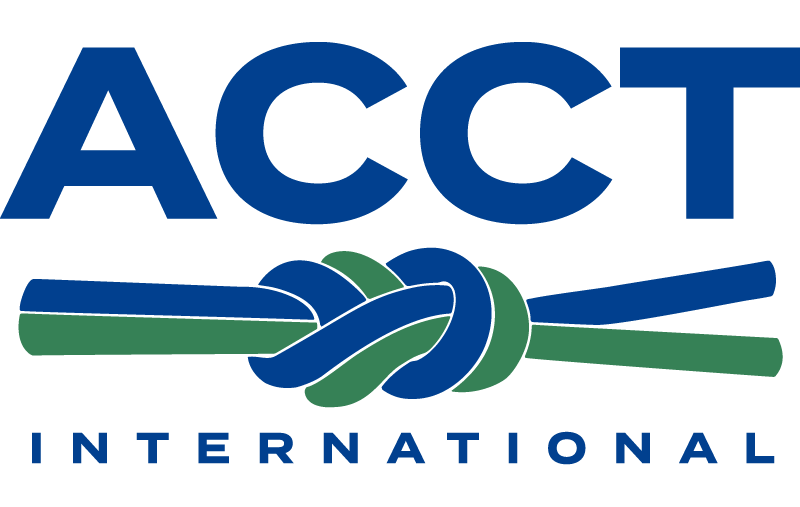Vendor Accreditation Resource Library
Here is a robust collection of documents and templates to provide you with the most support during the accreditation process.
Use the drop-down menu below to review each document associated with this program.
Vendor Accreditation Applicant Manual
The ACCT Vendor Accreditation program, a beacon of high standards, ensures that Business-to-Business members meet and exceed these standards in their service areas. The program involves several key stakeholders: Vendor Applicants who seek accreditation, Accredited Vendor Members who have achieved it, Vendor Auditors who review and assess applicants, volunteers supporting the program, and the ACCT staff overseeing the entire process.
Central to this process is the Applicant Manual. This manual provides comprehensive, transparent, and detailed information on the accreditation process for all stakeholders. This manual outlines the program and applicant process, maintenance and compliance requirements, and fees involved, ensuring a fair and rigorous accreditation process.
YOU MUST DOWNLOAD A COPY OF THE SELF-ASSESSMENT AND USE IN EXCEL. ONCE DOWNLOADED, DO A "SAVE AS" AND PUT THE DATE (YEAR/MONTH/DAY) AND YOUR COMPANY NAME.
This document is protected. You can only add content to the open cells. When you give yourself an evaluation grade for your evidence, you must click on either the cell or the drop-down arrow in the bottom right corner of the cell to access your menu options.
The Self-Assessment document is designed for companies seeking accreditation. It provides a structured framework for evaluating their own documentation, policies, and procedures. This Self-Assessment is aligned with the requirements for each service area and is a critical step before the formal application process.
This self-assessment aims to help vendors systematically review their operations and identify necessary improvements to meet accreditation criteria. Applicants must clearly explain their compliance with each standard and requirement. If documentation is the evidence for compliance, the document's name and the page reference will expedite the document review process. The assessment should be thorough, accurate, and reflect the vendor’s current operations.
Once completed, the self-assessment is reviewed by the Applicant Liaison. This review assesses the organization's readiness for the site visit stage. Approval from the Program Manager and Applicant Liaison indicates that the documentation is complete and adheres to the specified format, but it does not guarantee full compliance or accreditation. The Applicants should submit evidence only for the areas in which they seek accreditation.
The document is organized into separate tabs, each representing a service area with six rows for evidence, including labels such as "Explanation of Compliance," "Name of Documents and Page Reference if Applicable," and "Notes." Applicants must meticulously reference their evidence, specifying the document name and page number. This ensures a comprehensive record and facilitates a more efficient audit process. The "Notes" section allows applicants to indicate updates or changes, ensuring their evidence aligns with accreditation requirements and communicates pertinent information to the accreditation team.
How Auditors will use the information
The Vendor Auditor will use the self-assessment document as a road map, guiding them to the pre-identified evidence and enabling them to find the necessary information quickly.
The applicant will fill this out once they have completed their Self-Assessment(s) and feel fully prepared to start the accreditation process. The application is hosted through a smart form that includes logic features to show only the services the applicant is applying for.
The Vendor Applicant will list previous Design, Installation, and Inspection services over the identified time period that may be reviewed during the site audit. For Training and Practitioner Certification, the application requires a schedule of the Vendor Applicant’s upcoming events to assist with audit scheduling. Mock training and testing will not be allowed as a part of the on-site audit.
The form includes the application fee, so no additional invoicing will need to be done.
*Reaccreditation Fees are included in your Accreditation Fee. You will only be asked to pay the application fee if you are adding a service.
Addition of Service Area
If the Accredited Vendor decides to add additional service areas, the Accredited Vendor will need to follow the new Vendor Applicant process for that service area, including the self-assessment, application submission, and on-site audit. If this is done between the 3-year site audit, the service will be included as a part of the next reaccreditation site audit.
